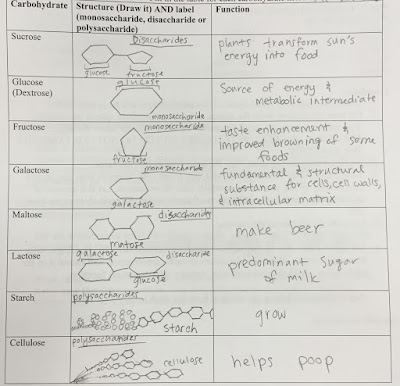Unit 5 was all about mutations and how genes work. We learned how mutations could alter our genes. I felt like I understood how to translate the mRNA very well. The protein synthesis lab had helped me understand translating mRNA even more. It was fairly simple, but I did not really understand how it happened in real life. Translating the mRNA is a complicated process. Many parts are required for mRNA to be translated. Trying to label the diagram of it was quite difficult but doing so, I had learned a little more about the process of translating mRNA. We had also built a model of DNA in class. It helped me understand more of how the nitrogen bases and phosphates and sugars go together to create a functioning DNA.
When we were doing the DNA extraction lab, a lot of teamwork was required. I learned that you do not always get your way and a lot of the times, other people are right. Even so, it is okay to put in your ideas and thoughts because even if it is only a little bit, it could help a lot. Sometimes you are right, but sometimes you are not. Getting along with your teammates would also make the work go along a lot smoother.
Being a good student is about willing to learn more and trying your best to make that possible. It also means applying what you learned to your own life. Being a good student could mean many things depending on the way you view it.
































